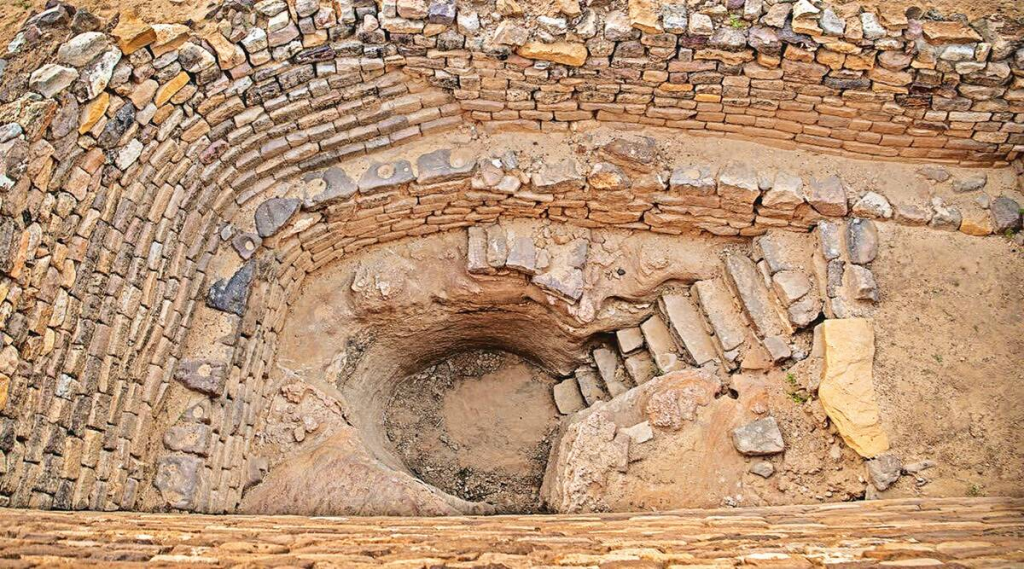Dholavira
Why in News:
- The Harappan city of Dholavira, in present-day Gujarat, has been named the 40th Indian site on UNESCO’s World Heritage list. UNESCO’s announcement came just days after another site, Ramappa Temple in Telangana, was admitted to the list.
About Dholavira
- Located in the Kutch district, Dholavira (also known as Kotada timba,) is a part of the Indus Valley Civilisation dating back to about 4,500 years ago.
- It is one of the five largest Harappan sites and most prominent archaeological sites in India belonging to the Indus Valley Civilization.
- The ancient city of Dholavira is one of the most remarkable and well-preserved urban settlements in South Asia dating from the 3rd to mid-2nd millennium BCE (Before Common Era).
- After the inclusion of Dholavira, India has 40 world heritage properties overall, which includes 32 cultural, seven natural and one mixed property.
- It is the first site of the ancient Indus Valley Civilisation (IVC) in India to get the tag.
What makes Dholavira special

- Discovered in 1968, the site is set apart by its unique characteristics, such as its water management system, multi-layered defensive mechanisms, extensive use of stone in construction and special burial structures.
- The site has a fortified citadel, a middle town and a lower town with walls made of sandstone or limestone instead of mud bricks in many other Harappan sites.
- A range of artefacts of copper, shell, stone, jewellery, terracotta and ivory had been found at the site.
- Unlike graves at other IVC sites, no mortal remains of humans have been discovered at Dholavira.
- Remains of a copper smelter indicate Harappans, who lived in Dholavira, knew metallurgy. It is believed that traders of Dholavira used to source copper ore from present-day Rajasthan and Oman and UAE and export finished products. It was also a hub of manufacturing jewellery made of shells and semi-precious stones, like agate and used to export timber.
- Such beads peculiar to the Harappan workmanship have been found in the royal graves of Mesopotamia, indicating Dholavira used to trade with the Mesopotamians. Its decline also coincided with the collapse of Mesopotamia, indicating the integration of economies. Harappans, who were maritime people, lost a huge market, affecting the local mining, manufacturing, marketing and export businesses once Mesopotamia fell.
- From 2000 BC, Dholavira entered a phase of severe aridity due to climate change and rivers like Saraswati drying up. Because of a drought-like situation, people started migrating toward the Ganges valley or towards south Gujarat and further beyond in Maharashtra.
To read about World Heritage Sites: https://officerspulse.com/unesco-world-heritage-sites/
Reference:

[…] https://officerspulse.com/dholavira/ […]